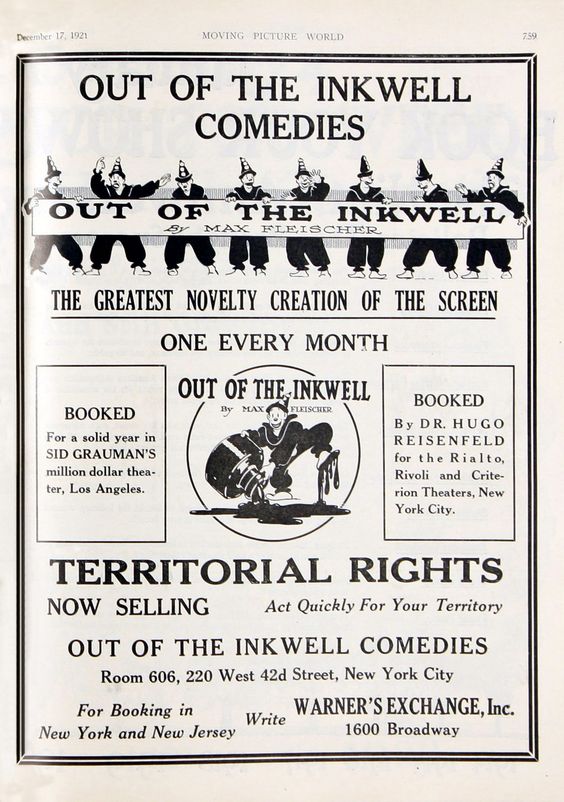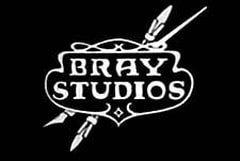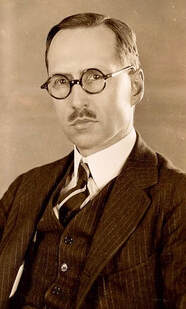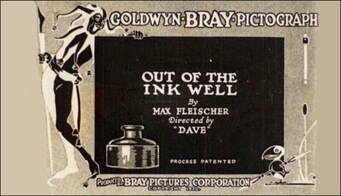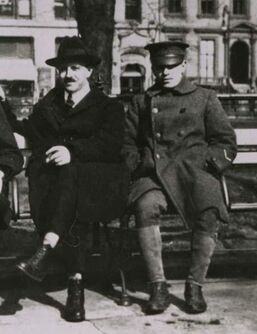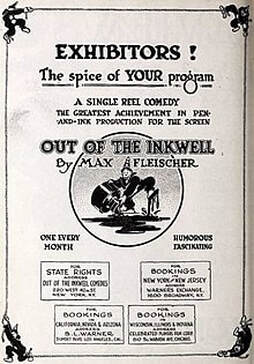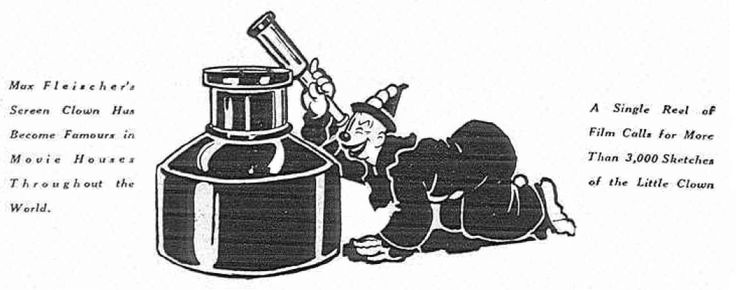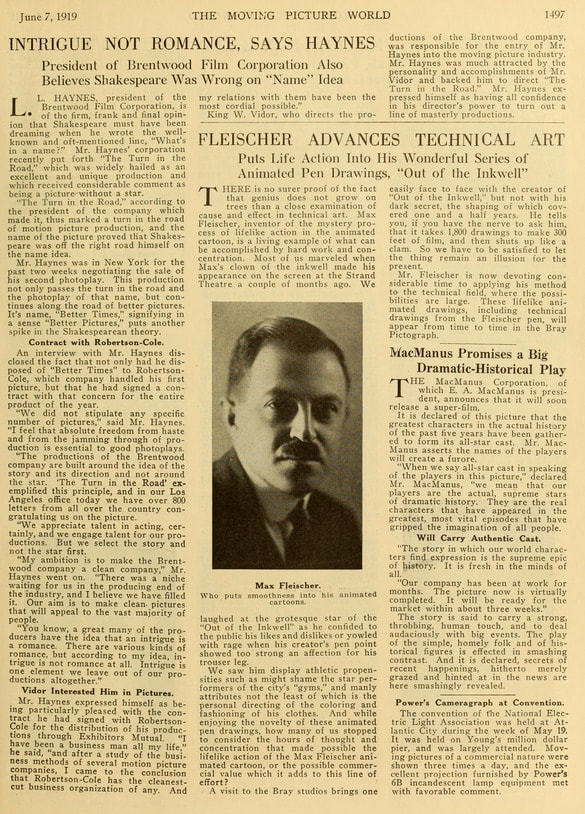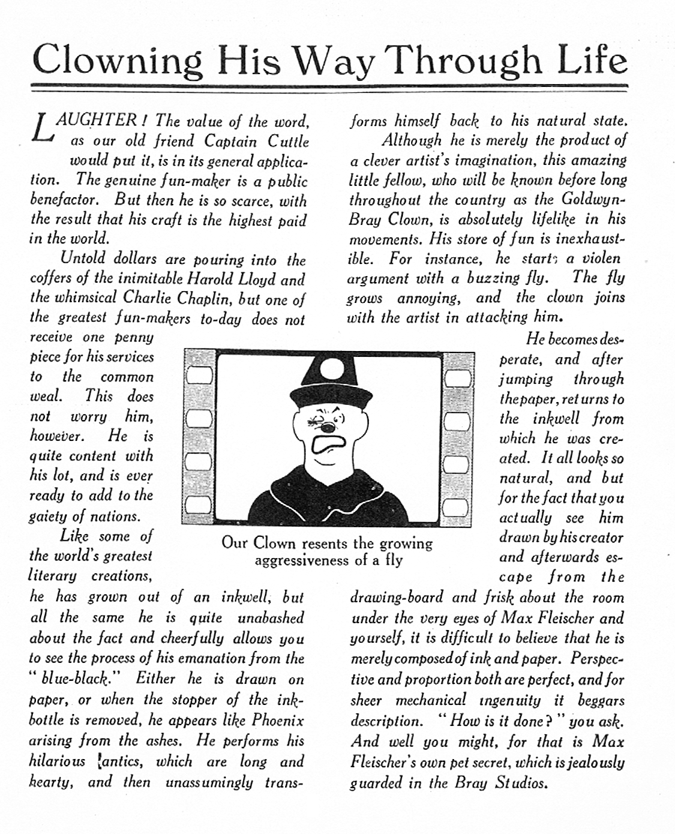Part One: In the Beginning |
|
One hundred years ago, in 1921, Max and Dave Fleischer rented a New York City basement apartment, hired a single employee, and Out of the Inkwell Studios was born. Today the studio is best known by the name it adopted in 1929, and holds to this day, Fleischer Studios.
Wildly creative and technically innovative, the “Out of the Inkwell” years (1921-1929) were responsible for some of the most iconic animated films of the century, the first use of synchronized sound, the invention of the bouncing ball, and the development of techniques that continue to shape the look, feel and sound of film to this day. We begin the celebration of our centennial anniversary with the first in a series of stories tracking the remarkable journey of Out of the Inkwell Studios; a scrappy basement start-up that would go on to become one of the most influential animation studios of the 20th Century. |
The film the Fleischer brothers created to demonstrate the rotoscope featured the antics of a playful, remarkably lifelike, clown modeled on Dave who had worked as a clown at Coney Island’s Steeplechase Amusement Park, and still had the costume. Remarkably, this clown, initially created to demonstrate Max’s invention, and the inkwell from which it emerged, would become the hallmarks of the Fleischer’s iconic rubber hose style of animation and their urban, sometimes gritty, often surreal sensibility that is known today as “East Coast” animation.
|
